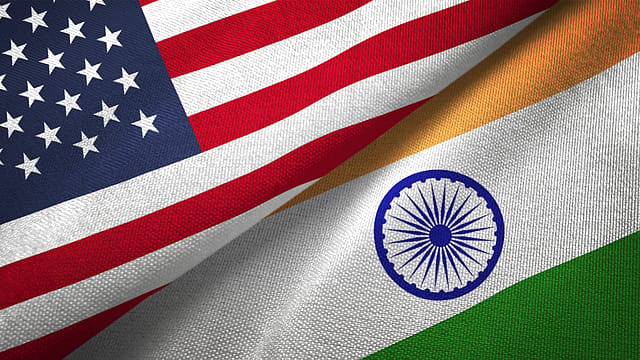India toughens trade position with WTO tariff warning as US FTA talks loom
ADVERTISEMENT

On May 12, New Delhi notified the World Trade Organization (WTO) of its intention to suspend trade concessions granted to the United States in response to the safeguard tariffs the Trump administration has imposed on imports of steel, aluminium, and related products from India.
On the face of it, India's move follows a familiar pattern of retaliatory action it has been taking ever since the U.S. imposed this tariff for the first time in 2018 on national security grounds. As a retaliatory measure to the U.S. tariffs on steel and aluminium and withdrawal of concessions granted to India under the Generalised System of Preferences (GSP) by U.S., India had in June 2019 imposed higher tariffs on a host of products, including almonds, apples, chemicals, etc. The tariffs were withdrawn in 2023 after both countries agreed to resolve six ongoing WTO disputes.
The current notice to WTO, a legal provision that allows a member country to retaliate when another member imposes safeguard measures without proper notification or consultations, comes after U.S. introduced this ‘safeguard’ tariff once again on steel and aluminium products from March 12. According to the notification, India’s future countermeasures could include raising tariffs on a list of U.S. imports in a manner that is substantially equivalent to the damage inflicted on Indian exports. India says that the U.S. safeguard duties impact approximately $7.6 billion worth of Indian exports, resulting in an estimated $1.91 billion in additional duties collected by the U.S., which India intends to recover through retaliatory duties on U.S. goods. Unless consultations are initiated or the U.S. measures are withdrawn, India’s retaliatory tariffs may come into effect on June 8.
While there is nothing new about India using a legal mechanism permitted under WTO, the timing of the notification deserves attention as it comes amidst hurried efforts by both India and the U.S for a quick free trade deal by September end.
“India’s latest WTO action comes at a delicate moment. New Delhi and Washington are exploring a broader Free Trade Agreement, and this retaliation could cast a shadow over negotiations”, says Ajay Srivastava, founder of Delhi based think tank Global Trade Research Initiative (GTRI). However, Srivastava says that India’s calibrated, rules-based approach contrasts with the unilateralism of U.S. trade actions and positions India as a staunch defender of multilateral trade norms. “The move signals a tougher Indian stance, especially in politically sensitive sectors like steel and aluminium that align with its “Make in India” industrial strategy”, he notes.
January 2026
Netflix, which has been in India for a decade, has successfully struck a balance between high-class premium content and pricing that attracts a range of customers. Find out how the U.S. streaming giant evolved in India, plus an exclusive interview with CEO Ted Sarandos. Also read about the Best Investments for 2026, and how rising growth and easing inflation will come in handy for finance minister Nirmala Sitharaman as she prepares Budget 2026.
India’s notice to the Council for Trade in Goods and Committee on Safeguards of WTO says that to "ensure the effective exercise of its right to suspend substantially equivalent concessions or other obligations referred to in Article 8.2 (of WTO), India reserves its right to adjust the products as well as the tariff rates". It also says that "India reserves the right to withdraw, modify, supplement or replace this notification, and/or make a further notification or notifications as and when required", to ensure that the objective of this action is met.
More than a retaliatory tariff, this exercise by India needs to be seen as a negotiation tactic to extract a fair and balanced India-US free trade agreement. It’s for the U.S. to respond now.
